Description
ABC Letter Sequence Writing and Recognition-Tracing & Cut & Paste-Letter Tracing Worksheets-PREK-K
Introduction
Learning the ABC letter sequence is a fundamental step in a child’s educational journey. It serves as the foundation for developing vital reading and writing skills. In this article, we will explore various methods to help young learners master the alphabet, focusing on letter tracing worksheets. We will delve into the importance of letter recognition, sequencing, and the benefits of engaging activities like cut and paste exercises.
1. The Significance of Learning the ABCs
Before diving into the various teaching techniques, it is essential to understand why learning the ABC letter sequence is so crucial for young children. Mastering the alphabet provides the building blocks for reading and writing. It enhances vocabulary, language comprehension, and communication skills.
2. Introducing Letter Recognition
The first step in teaching the alphabet is letter recognition. Children need to identify each letter and associate it with its unique sound. Fun and interactive activities can be employed to make this process enjoyable and effective.
3. The Art of Letter Tracing Worksheets
Letter tracing worksheets are a popular and effective way to help children learn to write the alphabet. These worksheets provide a guided path for children to trace each letter, promoting muscle memory and penmanship.
3.1 Benefits of Letter Tracing Worksheets
- Improved Motor Skills: Letter tracing worksheets require children to use their fine motor skills, aiding in the development of hand-eye coordination.
- Letter Formation: By repeatedly tracing the letters, children learn the correct way to form each one, setting the stage for legible handwriting.
- Visual Recognition: Consistent practice with letter tracing enhances visual recognition of the alphabet.
4. Making Learning Fun with Cut & Paste Activities
Incorporating cut and paste exercises into the learning process adds an element of excitement and creativity. Children can construct words by matching cut-out letters, making learning engaging and interactive.
5. Customizing Worksheets for Individual Learning
Every child learns differently, so it’s essential to tailor the worksheets to suit their unique needs. Adapting the level of difficulty and incorporating images relevant to a child’s interests can enhance their enthusiasm for learning.
6. Blending Learning with Play
Combining learning activities with playtime is a fantastic way to keep children interested and focused. Interactive games that involve letter recognition and tracing can be integrated into everyday activities.
6.1 Alphabet Scavenger Hunt
Create a fun and educational scavenger hunt where children search for items around the house that begin with each letter of the alphabet.
6.2 Alphabet Puzzles
Craft simple puzzles with letters, and children can have fun assembling the alphabet in the correct order.
7. Encouraging Parental Involvement
Parents play a significant role in a child’s learning journey. Empowering guardians to effectively take part in the process can prompt improved results and fortified parent-youngster bonds.
8. Conclusion
Learning the ABC letter sequence is an important milestone for young learners. By incorporating engaging and interactive activities like letter tracing worksheets and cut & paste exercises, children can develop a strong foundation for reading and writing skills.
FAQs
- At what age should kids begin learning the alphabet? Children can begin learning the letter set as soon as 2-3 years of age. However, the pace of learning may vary for each child.
- Are there any online resources for printable letter tracing worksheets?Yes, many educational websites offer free printable letter tracing worksheets that can be easily accessed and downloaded.
- What amount of time does it normally require for a kid to get familiar with the whole alphabet? The course of events for learning the letters in order relies upon the youngster’s singular advancement and openness to the material.Some children may learn it quickly within a few weeks, while others may take several months.
- Can letter tracing worksheets be used for children with learning disabilities?Yes, letter tracing worksheets can be beneficial for children with learning disabilities, as they provide a structured and guided approach to learning.
- What other activities can reinforce letter recognition apart from letter tracing?Apart from letter tracing, activities like singing the alphabet song, playing alphabet games, and reading alphabet books can reinforce letter recognition.
Get Access Now: This Link
Developer Link


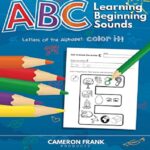










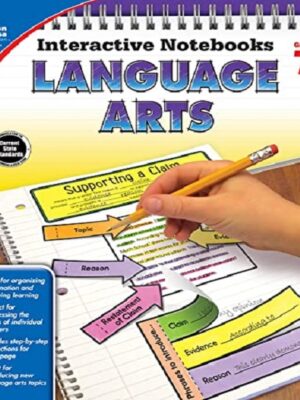





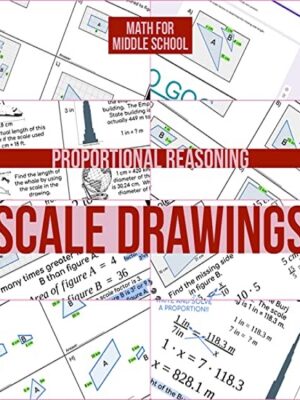
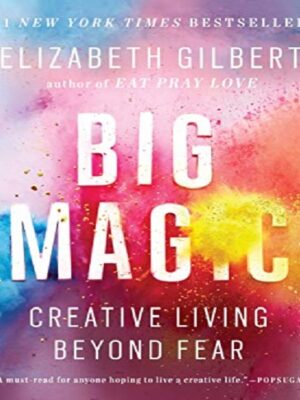



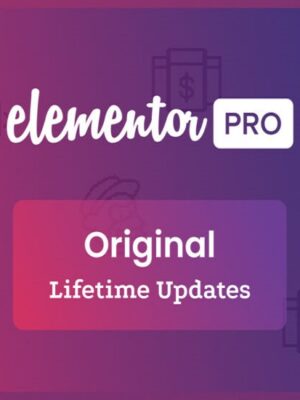
Reviews
There are no reviews yet.